
In the 80s, Habitat emerged as an addictive virtual world for its colorful graphics and possibilities to interact with the environment and players.
In the previous report we told you about the creation process in the 70s of MUD1, a multiplayer game that drank from the famous conversational adventure Zork. However, where great strides were made was in the 1980s, where graphics colored the world.
A renowned company of those times was Quantum Link (in the 90’s AOL), which since its foundation in 1985 made information and communication spaces available to the user, as well as online games. Among its titles was a virtual world with a graphical interface that took a giant step forward in the genre that MUD had created, that was Habitat.
LucasArts comes into play
The 80s were a time of growth for the industry. Video games advanced along with technology and brought great benefits, something that did not go unnoticed by many companies that joined the party creating an entertainment division. In 1982 Lucasfilm Games came to the fore, but its first stage was not marked by the hilarious graphic adventures of pirates and tentacles, but by a string of action games and experimental works. George Lucas implanted the doctrine of freedom of development in the studio, which allowed freshness to emerge. In fact, early Lucasfilm Games employees remember those years as a sweet period of creative freedom. On this fertile field, the outline of Habitat began to germinate, the first MMO with a graphical interface to be commercialized.
When looking at the images of this curious game, many series fans will remember Half and Cath Fire and its ‘Community’, a massively multiplayer world that ended up replacing the classic online board games of the Mutiny platform. In that far away place, the players related to each other and had a thousand adventures but, above that, they found a space where they could be themselves.
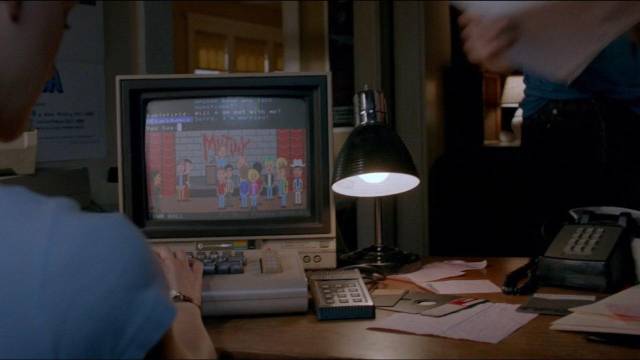
In an effort to get into the online gaming that was so popular in magazines, Lucasfilm and Quantum Link partnered to lift Habitat. Chip Morningstar was the leader of the project, who already from his college years had a tremendous interest in online interaction. His dream was to provide gamers with the way to connect to a virtual world with freedom of movement as the norm. He spent months working on the design and specifications until he got the green light to start development with a full-fledged team.
“We were looking at something so different from anything that people just didn’t have the vocabulary”
One of his early signings was Randy Farmer, a highly reputable Lucas programmer. They hit it off due to common hobbies and design vision, so they quickly got to work side by side in their virtual world. During the course, famous members of Lucasfilm Games such as Ron Gilbert and Gary Winnick would come together to help out. In fact, that visually it resembles later adventures like Maniac Mansion is no accident. Morningstar supported Gilbert with SCUMM based on the tools it was using to build Habitat.
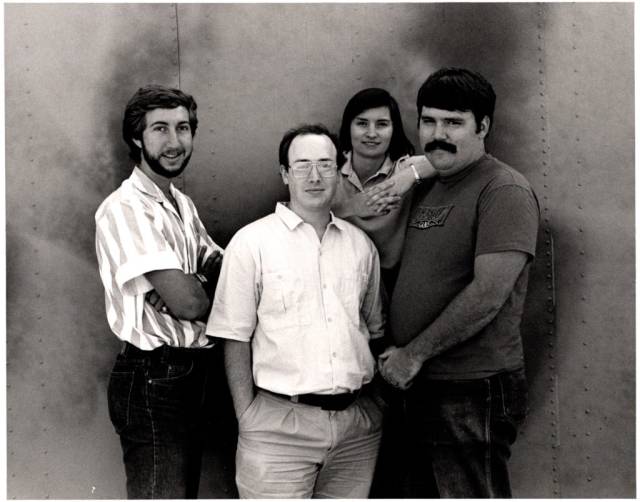
The original Habitat team in 1987. From left to right: Aric Wilmunder, Chip Morningstar, Janet Hunter and Randy Farmer.
In the early stages of the virtual world, Farmer and Morningstar collided with two open fronts: archaic technology and the lack of references to look at. Still they gathered everything they had in hand to start Habitat. His reference material included Labyrinth, the adventure based on David Bowie’s famous tape, and a number of MUDs. Apart from a handful of science fiction works; especially ‘True Names’ (1981) by Vernor Vinge, which tells the story of some hackers who meet in a virtual world called “The other plane”.
The strange project in which Morningstar and Farmer were navigating was not intended to set a pattern of behavior in the player, or force him towards one direction, but would deliver a great menu with many dishes to choose from and each one with a unique flavor . “Habitat’s main goal is people. It is an interactive environment where people define the parameters of their experience ”said the designers. In this way, the people who populated the world could taste an extensive list of activities that would range from the usual ‘quests’ of treasure hunting to such trivial things as chatting with people in a bar. But how do you convey something so unusual in the 80s?
“We were looking at something so different from anything that people just didn’t have the vocabulary. I would often meet Steve Case, who was then the head of marketing for Quantum Link. He was challenged to sell this to an audience that never before. I’d seen something like that. I was afraid that something too strange would put them off, while I was confident that people would understand it once they experienced it. “
Before continuing, it is worth taking a look at the promotional video of the game, it is not wasted
The Habitat test starts
A beta version of Habitat was released in 1986 and ran for two years on the Commodore 64 using the Quantum Link platform. The price? Well, $ 0.08 per minute. Yes, you have read the minute correctly, something that caused heated discussions in many homes. During that time, players were able to enjoy a world with more than 20,000 “regions”, that is, screens to visit on foot or using the various portals. All so similar and different at the same time, with posters and objects strategically placed to show the main functions available. An endless world where players were represented through a customizable avatar.
Like any good virtual world, Habitat had its own economy. The currency of the game was the token and players received 100 of them a day for connecting. At the ATMs they could manage the accounts, but to acquire objects they had to go to the ‘vendroid’ machines. Tokens, weapons and other types of objects were kept in the inventory. Players could equip many of them to use or simply show them to other avatars and thus trade. The simulation with the real world was extraordinary. As in life itself, players ran businesses and had a home as soon as they landed in the game. With this deployment of media, many users found Habitat their haven of peace. There were people with whom to share hobbies, problems and, above all, disconnect from reality.
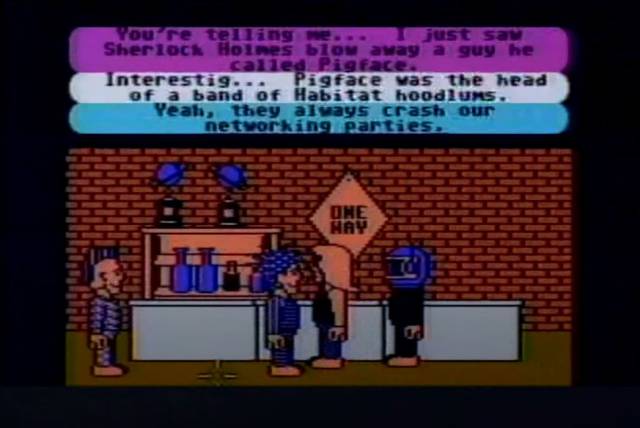
As time went by, the Lucasfilm Games team found that all their efforts in social engineering were in vain due to the unpredictable behavior of thousands of avatars. In the end, they chose to let the current flow and adapt to the changes, without taking their eyes off the emerging needs.
“… we become facilitators as well as designers and implementers. This often meant adding new features and new regions to the system at a hectic pace, but almost everything we added was used and appreciated as it was well suited to people’s needs and wants. “
The developers took delight in observing the behavior of the community. There were groups of savvy people who exploited the system to become millionaires. They came to discover a machine that sold items at a lower price than resale. They went on to win obscene amounts of tokens. Although there was a worse type of player, the unscrupulous one who played pranks on newbies to empty their pockets or make them headless (these were removable). However, it was at events that players used all their cards.

Rare events, unexpected endings
The events were a good way to analyze the response of the game’s inhabitants. And the team really enjoyed designing wacky events. The most surprising – and lethal – they came up with was creating a fun epidemic. Think of this as taking place in the late 1980s, long before the disease (and glitch) of WOW’s “Corrupted Blood” caught on. Habitat forced its own through a plague of “lice”. Infected players transformed their heads into those of these critters and could only be “cured” by touching a healthy avatar. Just like child’s play. Some players competed to infect the greatest number of avatars, causing confusion among the newcomers. The couple recall a critical moment: “one day when the plague spread, an avatar who was getting married was infected an hour before his wedding! Needless to say, I was very excited and panicky until a friend offered to shake it off. ” Imagine this in the pre-internet era, without a source of information that could provide an answer to what was happening. The only point of reference was the game’s newspaper, ‘The Weekly Rant’, run by various players who published news and events about the game. A chaos between laughter.
Near the final stretch of the test, a highly lethal dungeon was designed. In it, two subjects were hiding that launched threatening messages, they were “Death” and “Shadow”, avatars controlled by the GMs. The duo awaited the arrival of players inside, the “Dungeon of death.” The announcement of this new event was publicized with great fanfare in the Habitat newspaper, consequently, hordes of players went to hunt down these two guys.
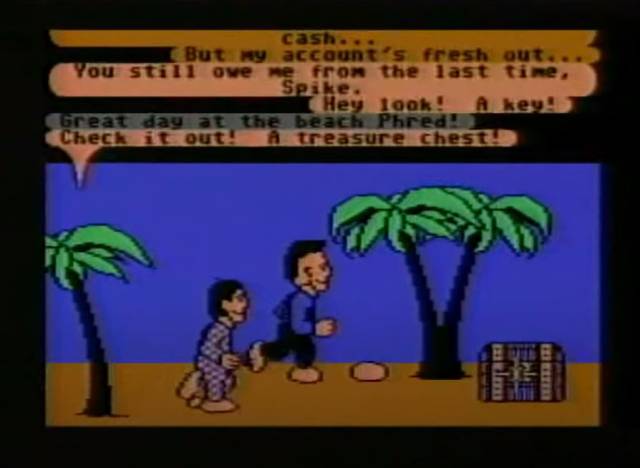
Yet they were practically invincible; They were equipped with a pistol that killed with a single shot and were brought back to life with a wand. The avatars fell like flies. But one night luck changed sides. Death and Shadow found 4 players lost in an impasse and immediately there was an exchange of fire. But something went wrong: the operator behind Sombra forgot to use his wand to recover from the damage received earlier and died. Barely blinking, one of the players took the forbidden weapon. It was already the second time that this mistake occurred among the GMs. The other time it was resolved with a threat of account closure, which brought controversy in the community. There had to be another way to reach an agreement without losing the philosophy of the game. Then, after long deliberation, the two parties agreed to an exchange: 10,000 tokens for the return of the weapon. The player and Death remained in the city to make the exchange with a third person, checking that everything was going on legally. In the end all went well and that avatar pocketed a good sum, in addition to eternal glory. The chronicle was published the next morning in the newspaper and caused a furor for days.
The PvP dilemma
When we say that Habitat was a virtual world with hundreds of possibilities that also includes PvP, the origin of great dilemmas in the study. Players could attack with both melee and fire weapons. The one who was defeated in combat dropped his objects at the place of death and reappeared at home with his head in his hands (literal). The wave of murders spread, as well as the theft of equipped belongings. Pickpocketing online, we could say.
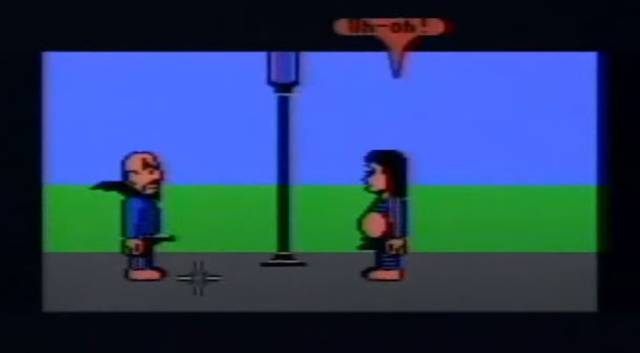
Crime in Habitat opened a debate on the limits of freedom in that fictional world. Should crime be allowed? The community remained divided on this, so Lucasfilm Games made the decision to ban misdeeds within cities. Interestingly, this system was picked up in many of the following virtual worlds. But there was a sector that was not totally in agreement with the decision of the developers and requested the figure of a Sheriff to ensure security. In the city council of the city of Populopolis, three candidates appeared to fill the position and answered questions from the citizens. Finally a vote found the chosen one.
The Sheriff’s position was short-lived due to the closure of the Habitat beta. However, interesting questions related to the balance between government and anarchism in an online multiplayer game remained latent.
What came next
The Habitat trial closed in 1988. Lucasfilm Games deemed that a game of that caliber was not viable. Therefore, to recover the investment, Q-Link launched Club Caribe, a version with better graphics but with a severe cut in the world and functionalities. By then Chip and Randall were no longer part of that reinvention, but they collaborated from time to time to provide advice. In the end, they were the ones who took over from the MUDs in the making of virtual worlds. Thanks to the couple, it is now possible to enjoy the world in NeoHabitat, which makes the experience available to everyone.
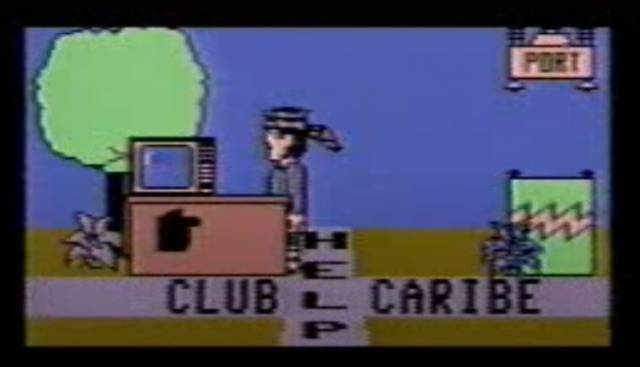
Lucasfilm Games undoubtedly played the role of the forerunner of a genre in the late 1980s that was later coined as MMORPG. The lessons learned by Chip and Randall in designing virtual worlds were put to use in the decade to come. And so came Neverwinter Nights, Ultima Online or Everquest, great titles that implemented avatars and customizable houses, PvP limited to the outskirts of the city, professions, events (accident), weddings and divorces and a long etcetera. They also added juicy new features to the ecosystem, but without forgetting the player as the center of the experience. The journey through the genre became more pronounced and enjoyed unprecedented success. But that’s history.

